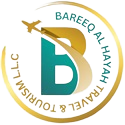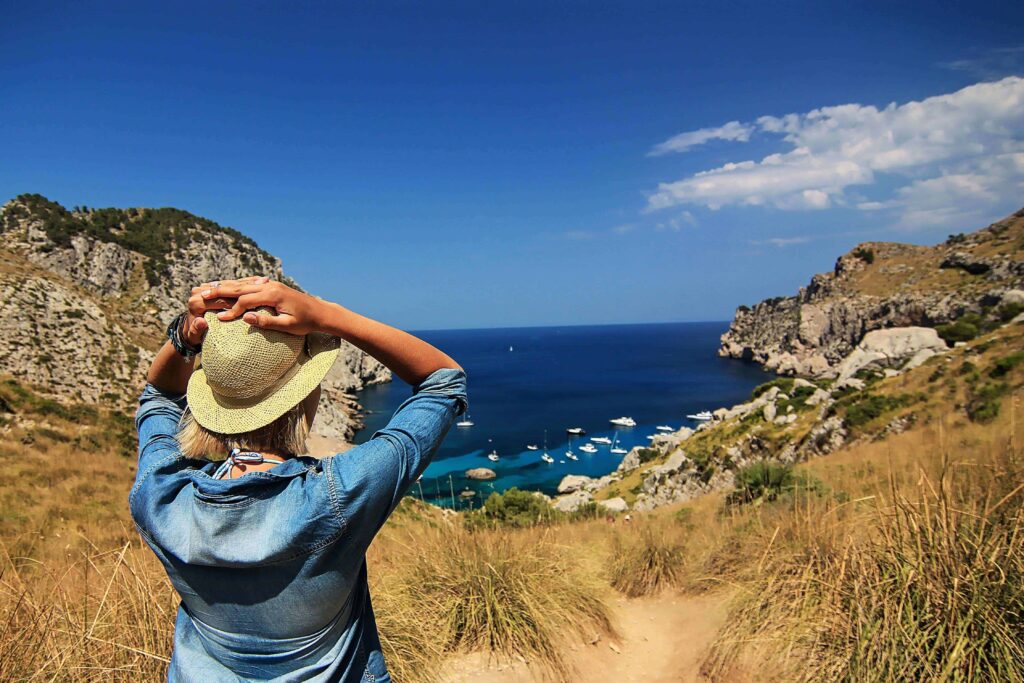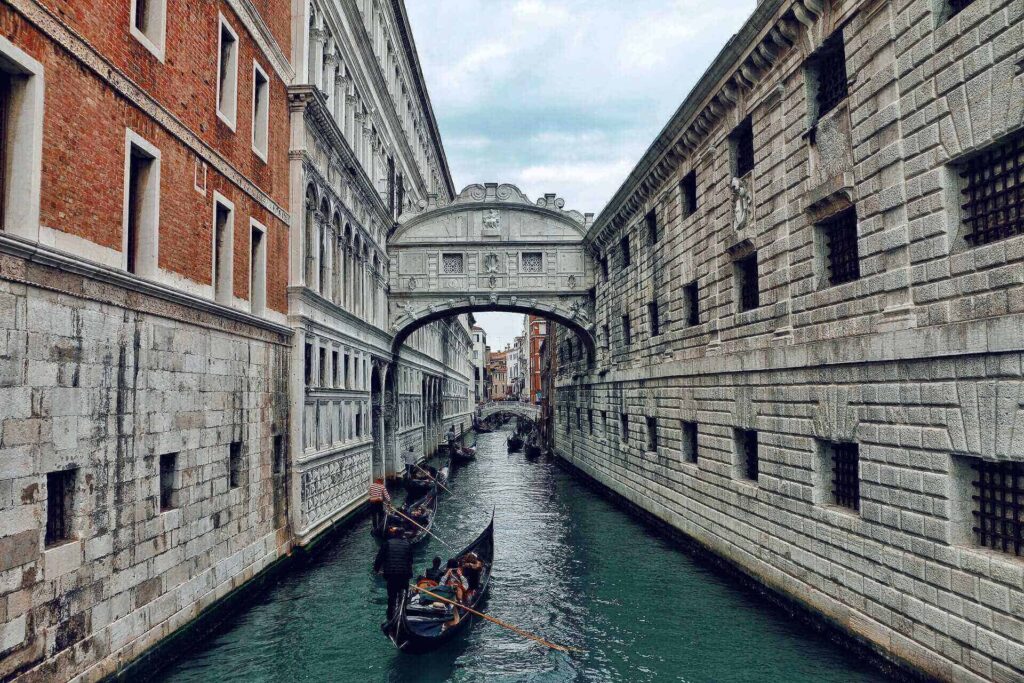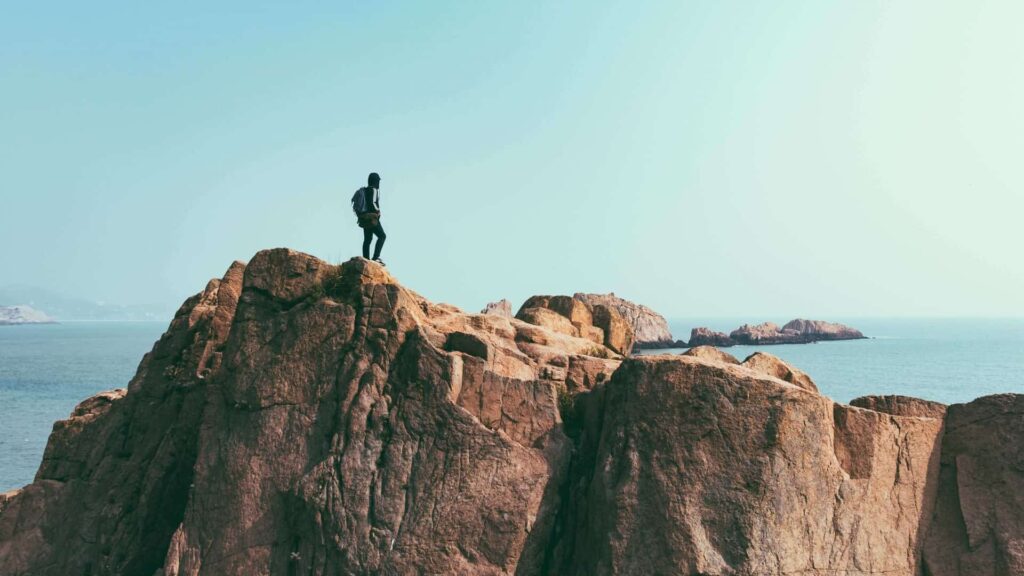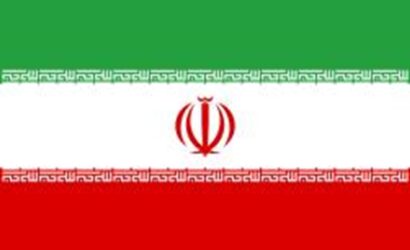Sweden, a land of enchanting landscapes, modern design, and a rich cultural heritage, beckons travelers with its unique blend of cosmopolitan cities and pristine natural beauty. From the historic charm of Stockholm to the vast expanses of the Swedish archipelago, Sweden offers a journey that seamlessly intertwines tradition and innovation.
Stockholm, the capital, is a city spread across islands connected by bridges and ferries. Gamla Stan, the old town, is a labyrinth of cobbled streets and colorful buildings, while Djurgården island hosts museums like the Vasa Museum and the ABBA Museum. The modernity of Stockholm’s architecture, exemplified by the City Hall and the Ericsson Globe, reflects Sweden’s commitment to innovation.
Venturing into the Swedish countryside reveals a tapestry of lakes, forests, and charming villages. The red cottages of Dalarna, the coastal charm of Gothenburg, and the Arctic wonder of Swedish Lapland provide diverse experiences. The Northern Lights dancing across the skies during winter in Kiruna offer a magical spectacle.
Sweden’s commitment to sustainability is evident in its eco-friendly practices, efficient public transportation, and dedication to preserving its natural resources. The country’s national parks, such as Abisko and Sarek, showcase the pristine beauty of the Swedish wilderness.
Overview
Sweden, a land of enchanting landscapes, modern design, and a rich cultural heritage, beckons travelers with its unique blend of cosmopolitan cities and pristine natural beauty. From the historic charm of Stockholm to the vast expanses of the Swedish archipelago, Sweden offers a journey that seamlessly intertwines tradition and innovation.
Stockholm, the capital, is a city spread across islands connected by bridges and ferries. Gamla Stan, the old town, is a labyrinth of cobbled streets and colorful buildings, while Djurgården island hosts museums like the Vasa Museum and the ABBA Museum. The modernity of Stockholm’s architecture, exemplified by the City Hall and the Ericsson Globe, reflects Sweden’s commitment to innovation.
